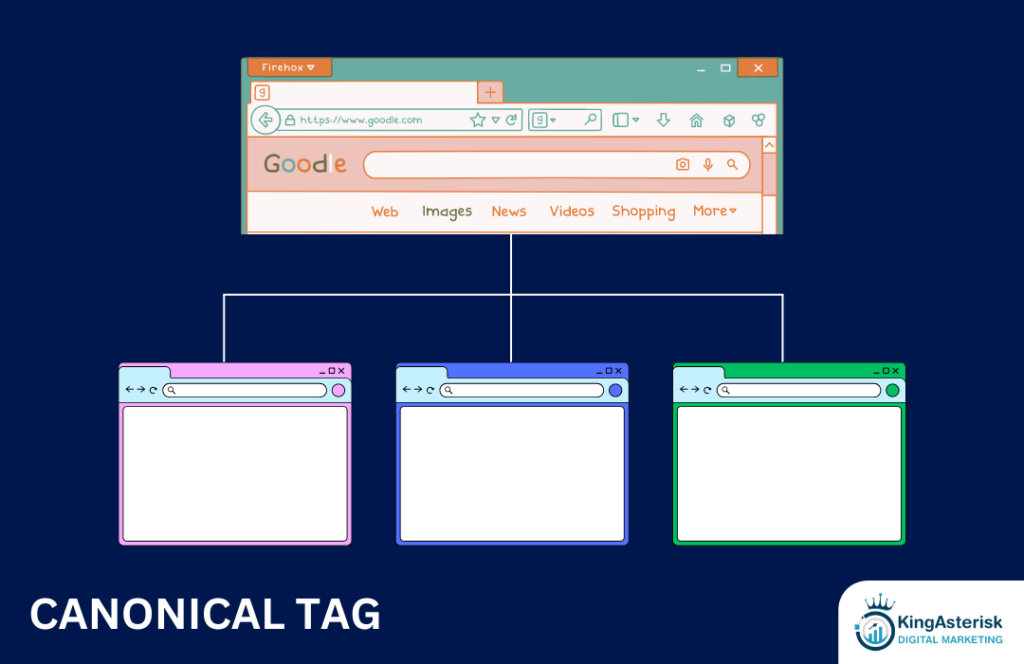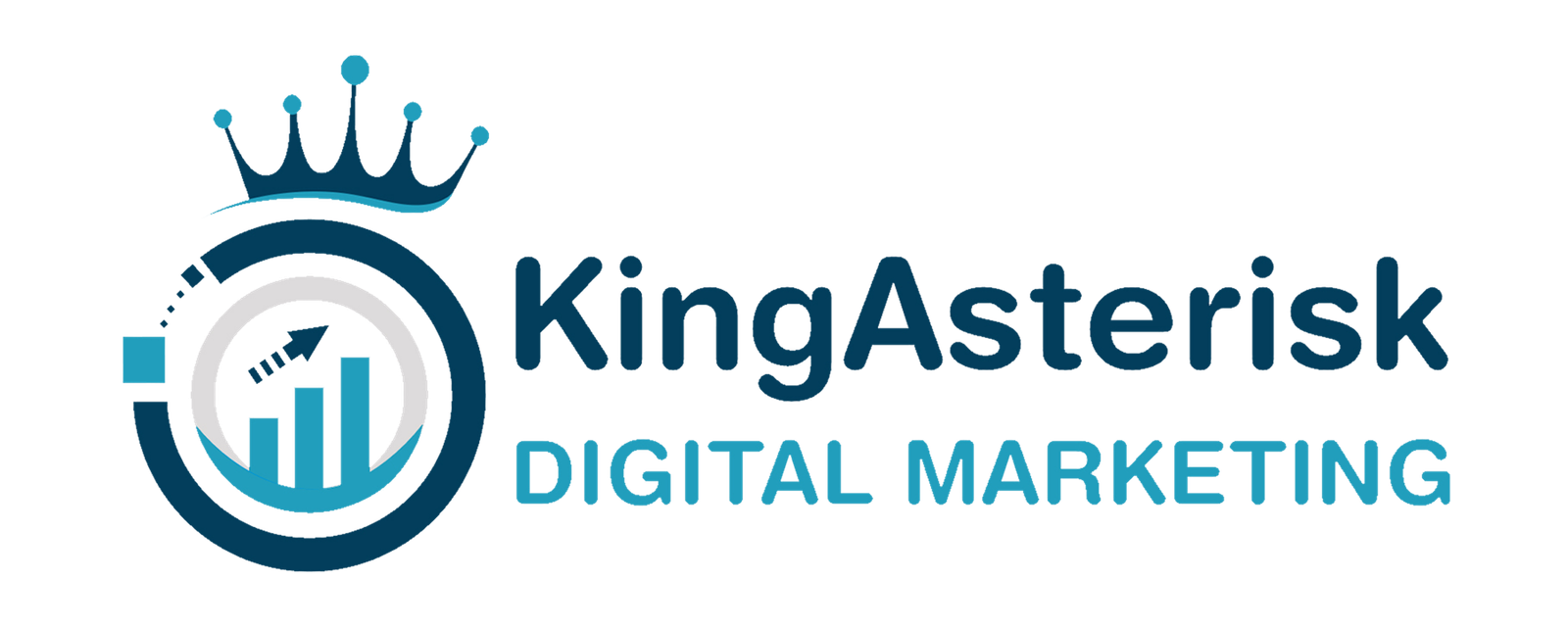Digital Marketing upgrading your site for SEO is critical for perceivability and achievement. Web optimization is the foundation of accomplishing high perceivability and drawing in natural rush hour gridlock to your site. At KingAsterisk Digital Marketing we comprehend the significance of Web optimization and the job HTML labels play in further developing your site’s web crawler positioning. For front-end engineers upgrading HTML CSS and JavaScript is fundamental to guarantee an alluring plan as well as brilliant Website design enhancement execution. This blog will direct you through the fundamental HTML labels for Web optimization and how to utilize them actually to improve your site’s presentation.
What are HTML Labels?
HTML labels are the building pieces of the net pages that give structure and meaning to the content. HTML labels are urgent in optimizing web pages for the search engine making them a basic component within the viable SEO strategies. When we utilize this accurately the HTML labels can offer assistance to the SEO to get the setting and pertinence of your substance driving the way better ordering and ranking.
Key HTML Tags for SEO
1. Title Tags

The title tag is one of the most critical elements for SEO. This will define the title of the webpage and appear as the clickable headlines for the search engine results that showcase the importance of HTML tags in SEO. The title tag must relate to the article title. This defines the title of the webpage and is to be displayed on the search engine results pages (SERPs) in the clickable headline. Keep the under 70 characters long or else this may be cut short in SERPs. So the evidence of the HTML tags is essential in SEO and paying attention to the title tags is a key aspect of optimizing a web page for better SEO performance.
2. Meta Description
Meta portrayals give a brief rundown of the web page’s substance. Even though not the coordinated positioning figures, well-crafted meta depictions can lure clients to tap on the interface eventually driving natural activity to the website. The meta portrayal tag will summarize the website’s substance to the search engine. Not the coordinate positioning calculation can be well-crafted, but meta depiction will make strides in the click-through rates. One of the most seasoned baked HTML components is the meta depiction tag that permits the purpose of how you’d just like the content to be portrayed within the search postings.
3. Header Labels (H1-H6)
Header labels structure the substance and highlight vital to the segments. They are not as it were to upgrade the visual organization for the page but this gives the important signals for the search engine around the content’s significance and the structure. This makes a difference in the structure of the pages on the website and which appears how they’re interconnected
Here is the hierarchy of header tags
<h1></h1> – usually reserved for web pages titles.
<h2></h2>- highlights the topics of the title
<h3></h3>- reflects points in regard to the topic.
<h4></h4>- supports points from <h3>
<h5</h5> – not often used but great for supporting points of </h4>
Utilize H2-H6 labels that organize the subheadings and this moves forward the meaningfulness. Optimizing the header labels relevant to the catchphrases and organizing the substance viably to the webmasters make strides in the webpage’s SEO making it more open and scannable for search engines and users. Search engines utilize the header labels to decide the fragments of substance and make highlighted wealthy bits.
4. Robots Meta Tag

The robot meta tag orders tell search engines what data to show approximately when a search page comes about. You’ll be able to utilize the mandates to urge more control over the way that look motors record a page. Robots’ meta tags serve as a communication instrument between you and search engines, permitting you to control how the look bots creep, record, and show a page’s substance. Robots’ meta orders (in some cases called “meta tags”) are pieces of code that give crawlers enlightenment on how to slither or list web page substance.
5. Meta Tag

A meta tag in HTML is an extraordinary element that gives metadata around the HTML document. Metadata is data almost the information contained within the record. These labels are placed inside the document’s segment and do not specifically show substance on the internet page itself. They play a significant part in characterizing the document’s properties and conduct. The meta title tag is an HTML component that tells browsers and search engines what a given page’s title is. The title appears as the primary clickable component within the page’s bit on a search engine results page (SERP) and passes on the most subject clients will discover on the page.
6. Canonical Tag

A canonical tag is an HTML detail within the header range of a website’s source code. It alludes to the ace page – the canonical URL – for websites with the same or comparable substance. On the off chance that a canonical URL is accurately stamped, search engines will file this source as it were, meaning that copy substance issues can be avoided. Canonical labels are effective. Be that as it may, in the case connected erroneously, websites or certain pages of a website may be disregarded by Google. Sometime recently actualizing a canonical tag indicating to another page, a webmaster ought to begin with choosing whether the substance is, in reality, the same and after that familiarize themselves with the common canonical tag blunders.
7. Semantic Tags
The center characteristic of a semantic element is that it communicates its meaning to both the designer and the browser. These components characterize its substance. Semantic HTML, moreover known as semantic markup, alludes to the utilization of HTML tags that pass on the meaning or semantics of the substance contained inside them. By including semantic HTML tags in your pages, you give extra data that makes a difference in characterizing the parts and relative significance of the diverse parts of your page. Semantic tags in HTML give meaning to the net substance. It makes it clear not as it were to the browsers but too to the designers and search engines. Semantic components are the components that depict their meaning to both the engineer as well as to the browser.
Conclusion
Advancing your site with the right HTML labels is fundamental for further developing your Website optimization execution. We at KingAsterisk Digital Marketing are familiar with the intricacies of search engine optimization (SEO) and are available to assist you in implementing these best practices to boost your website’s visibility and rankings. SEO is also significantly influenced by other factors, such as high-quality content and backlinks. Consequently, it is significant to integrate semantic HTML components with other Web optimization systems to accomplish the ideal outcomes.


